SUMMARY
This is AI generated summarization, which may have errors. For context, always refer to the full article.
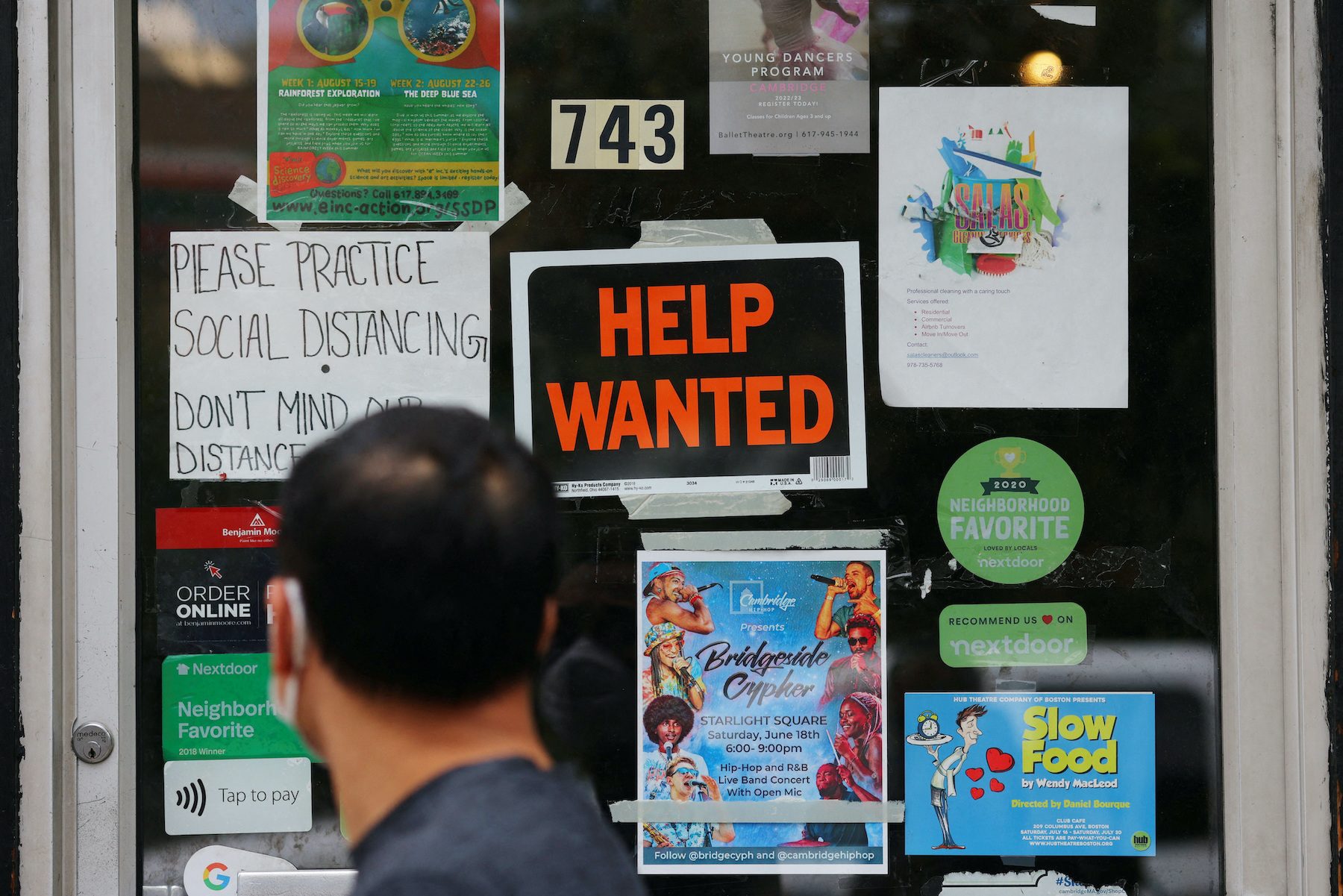
WASHINGTON, USA – US job openings increased in July and data for the prior month was revised sharply higher, pointing to persistently strong demand for labor that is giving the Federal Reserve cover to maintain its aggressive interest rate increases.
The Department of Labor’s Job Openings and Labor Turnover Survey, or JOLTS report, on Tuesday, August 30, showed there were two jobs for every unemployed person last month, pointing to extremely tight labor market conditions. It suggested that fears the economy was in recession after two straight quarterly declines in gross domestic product were greatly exaggerated.
“The Fed has front-loaded its monetary restraint this year to an unprecedented degree and the economy isn’t giving them any reason to hold back,” said Christopher Rupkey, chief economist at FWDBONDS in New York. “The labor market is strong as a bull, two jobs out there for the unemployed to choose from.”
Job openings, a measure of labor demand, increased 199,000 to 11.239 million on the last day of July. Data for June was revised higher to show 11.040 million job openings instead of the previously reported 10.698 million. Economists polled by Reuters had forecast 10.450 million vacancies.
There were an additional 81,000 job openings in the transportation, warehousing, and utilities industries last month. Job openings increased by 53,000 in the arts, entertainment, and recreation sector, while the federal government had 47,000 more openings and state and local government education had an additional 42,000 unfilled jobs, ahead of the new school year.
But job openings decreased by 47,000 in the durable goods manufacturing industry. There were more job openings in the West, while the South and Midwest saw small gains. Vacancies fell in the Northeast.
The Fed is trying to cool demand for labor and the overall economy to bring inflation down to its 2% target.
Fed Chair Jerome Powell warned last week that Americans were headed for a painful period of slow economic growth and possibly rising unemployment as the US central bank aggressively raises interest rates in a bid to bring supply and demand back into balance. The Fed has raised its policy rate by 225 basis points since March.
The job openings rate climbed to 6.9% last month from 6.8% in June. Hiring slipped to 6.382 million from 6.456 million in June, keeping the hiring rate unchanged at 4.2%. The jobs-workers gap rose to 3.4% of the labor force from 3.1% in June.
Layoffs dropped to 1.398 million from 1.400 million in June. There were decreases in leisure and hospitality, professional, and business services as well as finance activities. These offset a surge in trade, transportation, and utilities industries.
About 4.179 million people quit their jobs, down from 4.253 million in June. The quits rate, viewed by policymakers and economists as a measure of job market confidence, dipped to a 14-month low of 2.7% from 2.8% in June.
Still, confidence in the labor market remains high. A separate report from the Conference Board on Tuesday showed its so-called labor market differential, derived from data on respondents’ views on whether jobs are plentiful or hard to get, edged down to 36.6 this month from a reading of 36.8 in July.
This measure correlates to the unemployment rate from the Department of Labor.
US stocks fell on the data. The dollar was steady versus a basket of currencies. US Treasury prices were mixed.
Consumer confidence rebounds
“Markets will misread this report as an indication that the Fed will hike rates more than expected,” said Jamie Cox, managing partner at Harris Financial Group in Richmond, Virginia. “The Fed is prone to mistakes and there is a very good chance that inflation comes down for reasons other than rate increases.”
The Conference Board’s overall consumer confidence index rebounded to 103.2 this month from 95.3 in July, ending three straight monthly declines. Economists had forecast the index would climb to 97.7. Consumers’ inflation expectations over the next 12 months fell to 7% from 7.4% in July.
Despite the high inflation expectations, the share of consumers planning to go on vacation over the next six months surged to an eight-month high.
There were also increases in the shares of consumers planning to buy motor vehicles as well as major household appliances like refrigerators, washing machines, dryers, and televisions over the next six months, which could keep consumer spending supported in the third quarter and the economy growing.
Gross domestic product fell at a 0.6% annualized rate last quarter after contracting at a 1.6% pace in the January-March quarter.
“Recession talk hasn’t gone away, but it certainly got a little more quiet lately,” said Jennifer Lee, a senior economist at BMO Capital Markets in Toronto.
Higher mortgage rates resulting from the Fed’s aggressive monetary policy posture did not discourage potential homebuyers in August as more consumers planned to buy a house over the next six months, likely encouraged by sellers lowering asking prices.
That is slowing the pace of monthly house price inflation.
A third report on Tuesday showed the S&P CoreLogic Case-Shiller national home price index increased 0.3% in June after accelerating 1.3% in May. That lowered the annual increase to 18% from 19.9% in May. Prices slowed considerably in the West, with monthly declines in Seattle and San Francisco.
Cooling monthly house price growth was evident in a fourth report from the Federal Housing Finance Agency showing prices gained 0.1% after increasing 1.3% in May. In the 12 months through June, prices rose 16.2% after surging 18.3% in May.
With supply still tight, house price growth was likely to persist, though with some months of negative readings.
“Even with a few months of outright declines, however, home prices will likely finish the year solidly in positive territory,” said Mark Vitner, a senior economist at Wells Fargo in Charlotte, North Carolina. – Rappler.com
Add a comment
How does this make you feel?



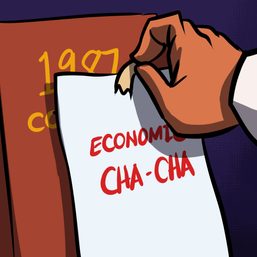


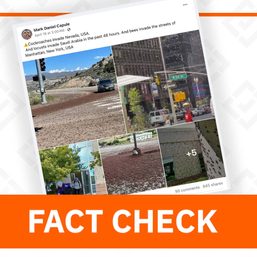
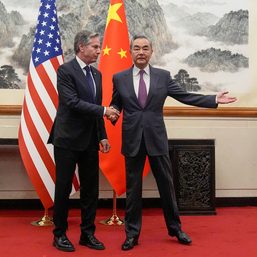
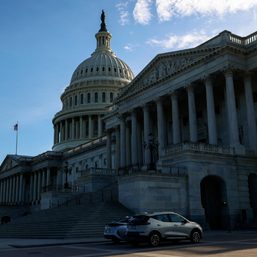
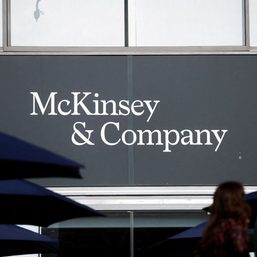
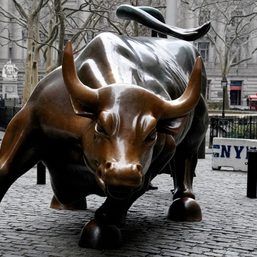
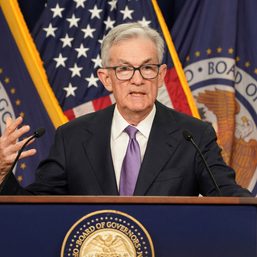
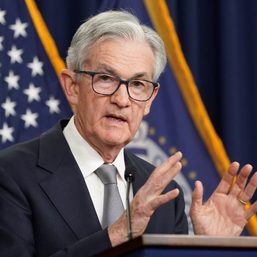
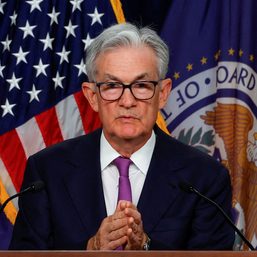
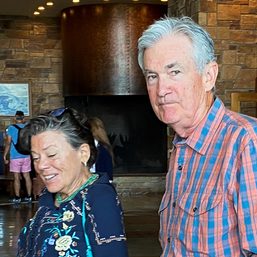
There are no comments yet. Add your comment to start the conversation.